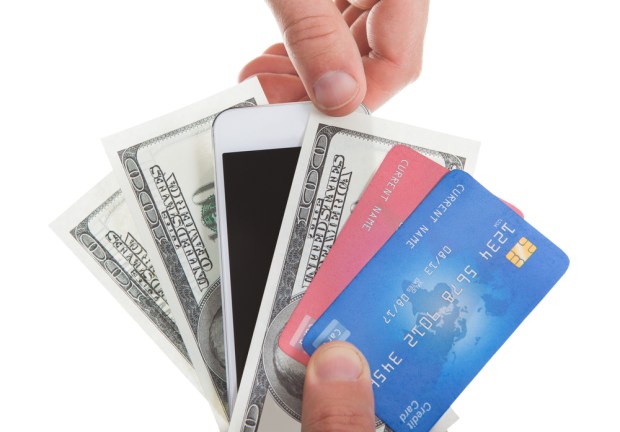Ingo CEO On 2018’s Push Payments ‘Great Awakening’ (And What’s Next)

With the launch of Ingo Money QuickConnect last week, the company capped off a year that CEO Drew Edwards told Karen Webster could best be characterized as the “Great Awakening” of push payments.
“We’ve finally moved beyond ‘so what is a push payment?’ to ‘how do I deliver real-time payments or fast funds to my customers?’” Edwards explained.
The proof point, Edwards said, is the sheer number of Request For Proposals (RFPs) “flying at the top of the smokestack economy left and right” at the same time that gig economy platforms, including some of the early adopters, are looking to upgrade their disbursements tech.
That’s the good news, Edwards noted.
The challenge now, in the wake of all that momentum, is sorting through the confusion that comes along with a hot market segment filled with a number of variations on the disbursements theme. Even though companies may have decided that they want to do push payments, Edwards said it can become daunting to examine the many options presented to them, while the pressure to move money faster is intensifying.
“There’s nothing worse than analysis paralysis,” he explained, adding that when a company doesn’t understand its choices or finds working through them too tedious, it can end up standing still.
That’s why, he noted, the 2019 disbursements playbook is about two things: helping companies understand and navigate their options, and giving consumers the same choices for receiving funds from businesses as they have today when reaching into their physical or digital wallets to pay them.
QuickConnect And Cutting Through The Clutter
Helping companies navigate their options is first dispelling the notion that they have to offer all of those payout choices upfront to launch a viable disbursements program, Edwards explained.
The inspiration for Ingo Money QuickConnect is to help merchants, corporations and banks accelerate the deployment of push payments to their customers by offering them a push-to-card disbursements solution using Visa Direct. QuickConnect includes user authentication and account verification tools, payment routing and bank sponsorship, and can be up and running in several months.
That simple, turnkey approach gives businesses an easy on-ramp to push payments by making it easy to push a payment to a card that has a logo likely already in customers’ wallets. As Edwards described, the key for push payments adoption is to make it easy for the consumer to accept that payment — “an elephant,” he said, that “needs to be eaten one bite at a time.” That one bite is via a card that almost everyone has in their wallets today.
At that point, he said, a disbursements foundation is in place at a company, which makes it much easier to offer choices beyond push-to-card to other options, including push-to-PayPal, push-to-Amazon and push-to-Zelle.
Edwards noted that choice is just as important on the payout side to consumers as it is on the pay-in side. Consumers have been trained as retailer shoppers to pay merchants with a variety of payments methods that work at any point in time. No one expects to go to a store that only takes Visa, or only accepts PayPal, he said. The only kind of one-payment-method retailer that exists anywhere is a cash-only player, and those are becoming increasingly rare.
The future of push payments, he said, is to get beyond pushing to one type of payment instrument, only in favor of offering a menu of options to suit customers’ needs. Consumers want their experiences to be “a mirror image” of their commerce experiences, where they can pick how they pay based on preference.
A Race For The Rails
The race to build and be the rail consumers choose for payments is, and will continue to be, a spirited one — competition that Edwards said can only be good news for consumers going forward. All rails must improve themselves and offer ever more to win customers’ loyalty and spend.
However, firms that are paying consumers, ultimately, won’t need to pick those winners, but instead offer those they are paying a universe of choices for them to decide. Edwards said companies paying consumers and small business[es] must focus on adoption, and adoption is about making the customer experience great — and the customer experience in 2019 is going to be about choice.
“The question for companies looking to enable push payments is: ‘Are you going to be able to offer the customer the choice to get paid by whatever they’ve already chosen to have in their [physical or digital] wallets?’” he said.